The American Optometric Association recommends children receive their first eye care exam between 6 to 12 months of age, then at least once between 3 and 5 years of age, and once more before first grade and then annually or as recommended by their eye care provider thereafter.
Eye care screenings can uncover some vision problems, but they can miss more than they find. Vision screening programs can’t substitute for regular professional eye care. Comprehensive eye examinations are the only effective way to confirm or rule out any eye disease or vision problem.
Current vision screening methods cannot be relied on to effectively identify individuals who need vision care. In some cases, vision screening may actually inhibit the early diagnosis of vision problems. Screenings can create a false sense of security for those individuals who “pass” the eye care screening but who actually have a vision problem.
Undetected and untreated vision problems can interfere with a child’s ability to learn in school and participate in sports. The earlier a vision problem is diagnosed and treated, the less it will impact an individual’s quality of life.







